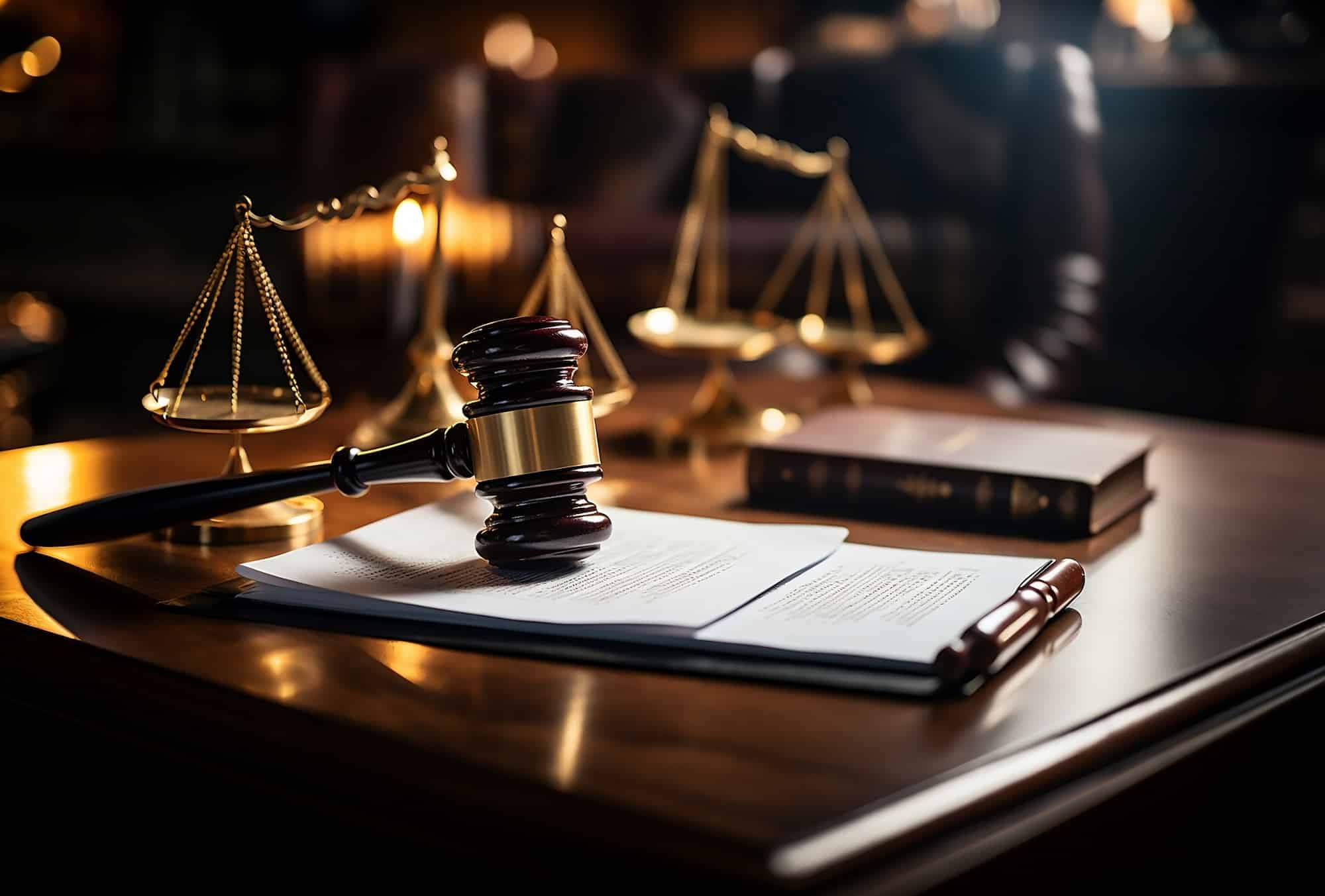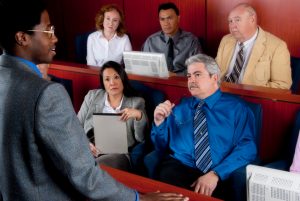Navigating the Intricacies of Test Presentations: Tips for Seamless Shipment and Compelling Arguments
In the realm of lawful process, the art of test discussion stands as a vital component of success. As lawyers browse the complex web of courtroom characteristics, the capability to perfectly deliver debates and proof while mesmerizing the court's interest ends up being extremely important. The intricacies intrinsic in test discussions need a fragile balance of ability, skill, and approach. By sharpening methods that ensure a sleek delivery and crafting engaging disagreements that reverberate with the audience, lawyers can substantially improve their advocacy. In a world where persuasion reigns supreme, understanding the ins and outs of trial presentations is not just an alternative but a necessity for those looking for to prevail in the court.

Recognizing Test Objectives
To properly browse a trial, it is critical to have a clear understanding of the goals that need to be attained. Before entering the court, lawful teams need to define their objectives and preferred outcomes. These purposes function as directing principles throughout the test, shaping techniques and affecting decision-making procedures.
Comprehending test purposes involves a detailed evaluation of the situation, lawful criteria, and the client's benefits. Trial Presentations. It requires a precise exam of the realities, determining essential concerns, and expecting potential difficulties. By establishing quantifiable and particular goals, lawyers can tailor their disagreements and presentations to align with the wanted outcomes
Additionally, a clear grip of test purposes enables legal teams to focus on proof, witnesses, and lawful arguments successfully. It enables the development of a meaningful story that resonates with the discretionary, reinforcing the overall situation discussion.

Organizing Proof Effectively
Having a clear understanding of test goals lays the structure for organizing evidence efficiently in legal proceedings. By lining up the presentation of evidence with the preferred outcomes of the test, lawful groups can strengthen their disagreements and improve their persuasiveness.
One more trick element in organizing proof efficiently is establishing a rational circulation. Offering proof in a coherent and consecutive way can assist construct a compelling narrative that supports the lawful disagreements being made. In addition, making use of visual aids such as timelines, graphs, or charts can even more improve the organization of evidence and assist in clarifying complicated partnerships or series of occasions.
In addition, making sure that all proof offered is permissible and pertinent to the situation is vital. Unimportant or inadmissible important source evidence can diminish the toughness of the disagreement and possibly hurt the trustworthiness of the here and now event. Consequently, a precise review and selection process need to be taken on to consist of only one of the most impactful and lawfully audio evidence in the test discussion.
Crafting Persuasive Narratives
Crafting compelling narratives plays a pivotal role in offering persuasive debates throughout legal procedures. A well-crafted narrative has the power to captivate the audience, evoke feelings, and useful reference inevitably persuade the decision in favor of today party. When creating a narrative for a trial presentation, it is vital to establish a clear story that highlights bottom lines and attaches them in a meaningful way. Begin by describing the facts of the instance in an engaging manner, ensuring that the series of occasions is easy to follow. Introduce personalities properly, providing background details that assists the audience understand their motivations and activities. Additionally, incorporating dazzling summaries and appealing language can bring the narrative to life, making it extra unforgettable for the discretionary. By weaving together proof, statement, and click legal arguments right into a cohesive and convincing story, attorneys can successfully advocate for their customers and increase the possibility of a positive result in the court.
Mastering Visual Aids
Efficient use aesthetic aids is vital to boosting the effect and quality of test discussions. Aesthetic aids, when used tactically, have the power to simplify complicated details, enhance essential points, and leave an enduring perception on the discretionary. To understand visual aids in trial presentations, it is vital to make certain that they are clear, concise, and relevant to the debates being made.
When integrating visual aids, such as charts, photos, graphs, or timelines, into a trial discussion, it is necessary to maintain them visually appealing yet specialist. The visuals need to complement the spoken arguments, providing a graph of the details being reviewed without frustrating the target market with unneeded information.
Furthermore, practicing with the aesthetic aids beforehand is important to make sure a seamless distribution throughout the test. Familiarizing oneself with the content, transitions, and timings of each aesthetic aid can help preserve the circulation of the discussion and prevent technological glitches that might emerge.
Providing Impactful Closing Debates
A compelling closing debate serves as the culmination of a trial presentation, enveloping the core narrative and convincing the judge and court in the direction of a positive decision. Begin by describing the major arguments that support your client's setting, emphasizing why the evidence offered throughout the test sustains your story.
Additionally, incorporating emotional allure can additionally reinforce your closing argument. Inevitably, a well-crafted closing debate ought to leave a long-term impact, compelling the judge and jury to rule in your customer's support.
Conclusion
In final thought, understanding test discussions involves understanding objectives, organizing evidence, crafting stories, utilizing visual aids, and providing impactful closing disagreements. By executing these approaches effectively, lawyers can present their situation seamlessly and make compelling disagreements in the court. It is critical to browse the complexities of trial discussions with precision and skill to attain success in lawful process.
By lining up the presentation of evidence with the desired outcomes of the test, legal teams can strengthen their debates and improve their persuasiveness (Trial Presentations). To master aesthetic help in test discussions, it is critical to guarantee that they are clear, concise, and pertinent to the arguments being made
An engaging closing argument offers as the culmination of a test presentation, enveloping the core story and convincing the judge and court in the direction of a beneficial choice. Begin by outlining the major debates that support your client's placement, stressing why the evidence provided throughout the test supports your story.In final thought, grasping test presentations involves understanding goals, organizing evidence, crafting stories, utilizing visual help, and providing impactful closing disagreements.